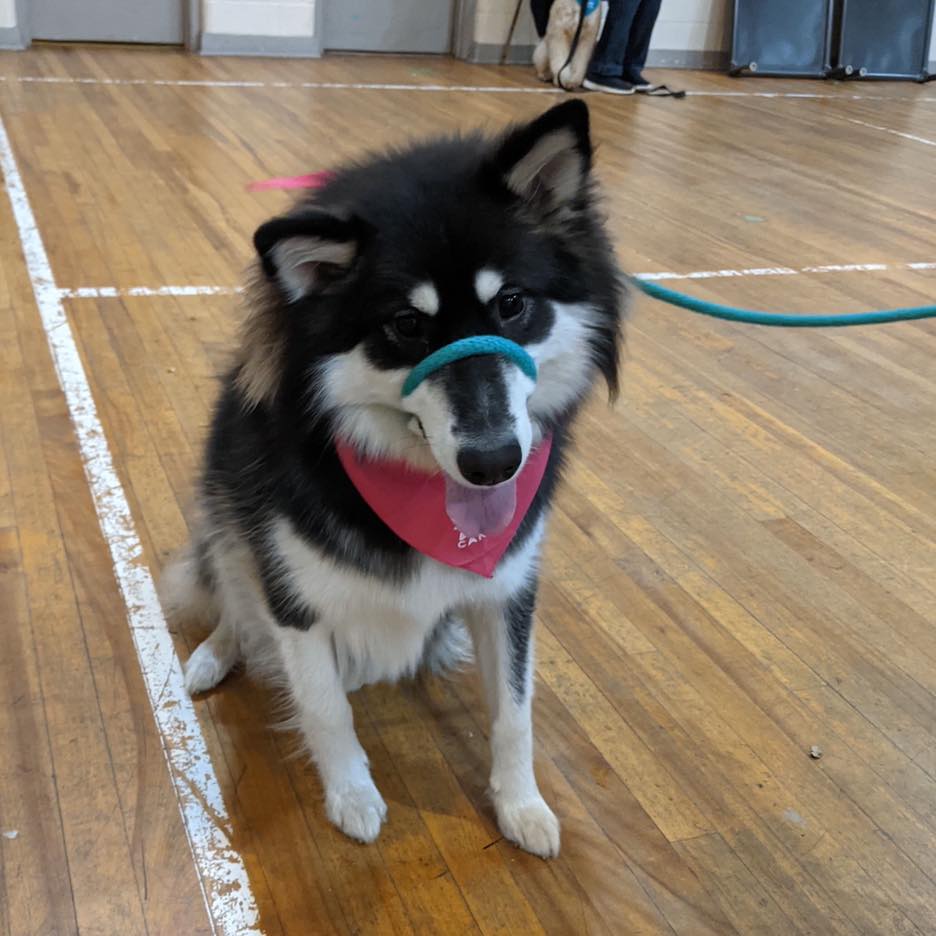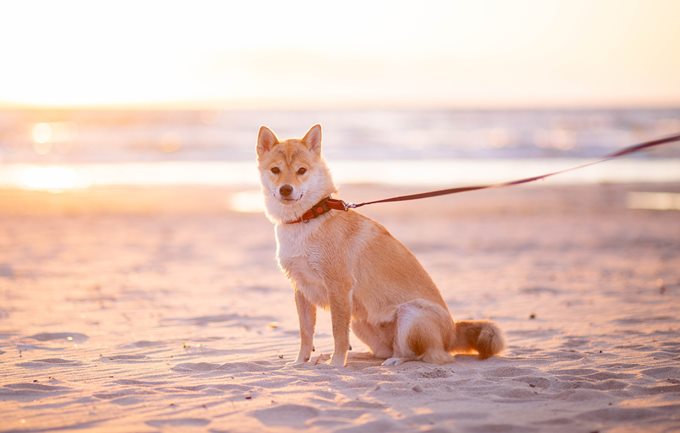Luna – Service Dog in Training



Is your Service Dog in Training (SDiT) ready for public access? Being able to bring your Service Dog into public places is something that is earned not just assumed. In Canada, SDiTs do not have public access until they are fully trained so you will need to practice everything you see below in dog friendly places. It takes a lot of time, patience, and training to get your dog ready to be able to accompany you to all public spaces and should not be rushed.
Below is a list of PAT (Public Access Test) requirements for service dog handlers. . The following commands are for service dogs, which are “On-Leash.” They can be executed through hand commands, voice commands, or a mix of both.
Before coming out of a vehicle, the service dog does not immediately exit the vehicle. The service dog waits to be released out of the car.
After release and exiting, the service dog must then await instructions quietly. It cannot ignore any commands, move around, or be off lead. The service dog should be able to unload from a vehicle safely and calmly.
After a service dog unloads calmly from a vehicle, the dog should not continue immediately on its own towards a building. It should remain in heel until it receives further directions to proceed.
Upon moving toward the destination, the dog does not become distracted by traffic or noise or show any showing. The service dog must be relaxed and calm. If the trainer stops, the service dog should also stop.
When the service dog reaches the building, the dog should remain relaxed and focused. The dog should not be easily distracted or seek attention from others. The dog should not wander away, push forward, or strain against the leash, but instead, calmly walk alongside its trainer.
Inside the building, the service dog should walk with the trainer in a calm and controlled way. The service dog should always be no more than one foot away from the trainer, and be able to adjust to changes in speed and turns quickly. The service dog should be able to calmly follow its trainer through crowded areas full of obstacles without becoming anxious or seeking attention from others.
The trainer should be able to sit a service dog and walk away to a distance of six feet, then call the service dog.
The dog should respond immediately, without ignoring the command or being distracted by the public. The dog should return to its handler by approaching in a calm a deliberate manner, without any detours or stalling.
The service dog must immediately respond to every sit command, needing no more than two prompts.
First Down: After your service dog follows the down command, food is dropped onto the floor. The service dog should make no effort to go down to the food or sniff at it. Controls may be provided to keep the dog at the down position. But the dog should not need excessive management. Your service dog should not attempt to go for the food or try to smell food.
Second Down: Another down is called, and an adult or child approaches the service dog. The dog should remain in the down position and not seek attention. If the child or adult attempts to pet the dog, the service dog will stay in place. The trainer may provide corrections to the service dog.
The service dog should be aware of any noises nearby, but not show any signs of anxiety or aggression towards sounds. Although the dog may be startled, the service dog can recover promptly and continue in the heeled position. The service dog should not begin growling or shaking at the noise.
When the trainer is eating at a table, the dog should remain under the table or, if too large, should remain near the handler. If the dog is a smaller breed, it can be placed in a seat next to the trainer–but the dog must lie down. Throughout the meal, the dog should remain calm and should not need much correction.
The trainer is asked to drop the lead while walking with the service dog, and the dog should be aware that the lead was dropped. The trainer should be able to keep control of the service dog until the trainer is able to regain the lead. The main purpose of this exercise is to ensure the dogs’ awareness of the lead and the handler’s ability to maintain control of the dog should the lead be dropped.
When the trainer exits the building the dog should not display anxiety or aggression at the sound of vehicles or change in scenery.
The Public Access Test maintains the integrity of the service dog institution by ensuring the safety of the public, the service dog, and the dog trainer. By vetting every service dog through this process, every dog handler understands what the expectations are for a dog to become a service dog.